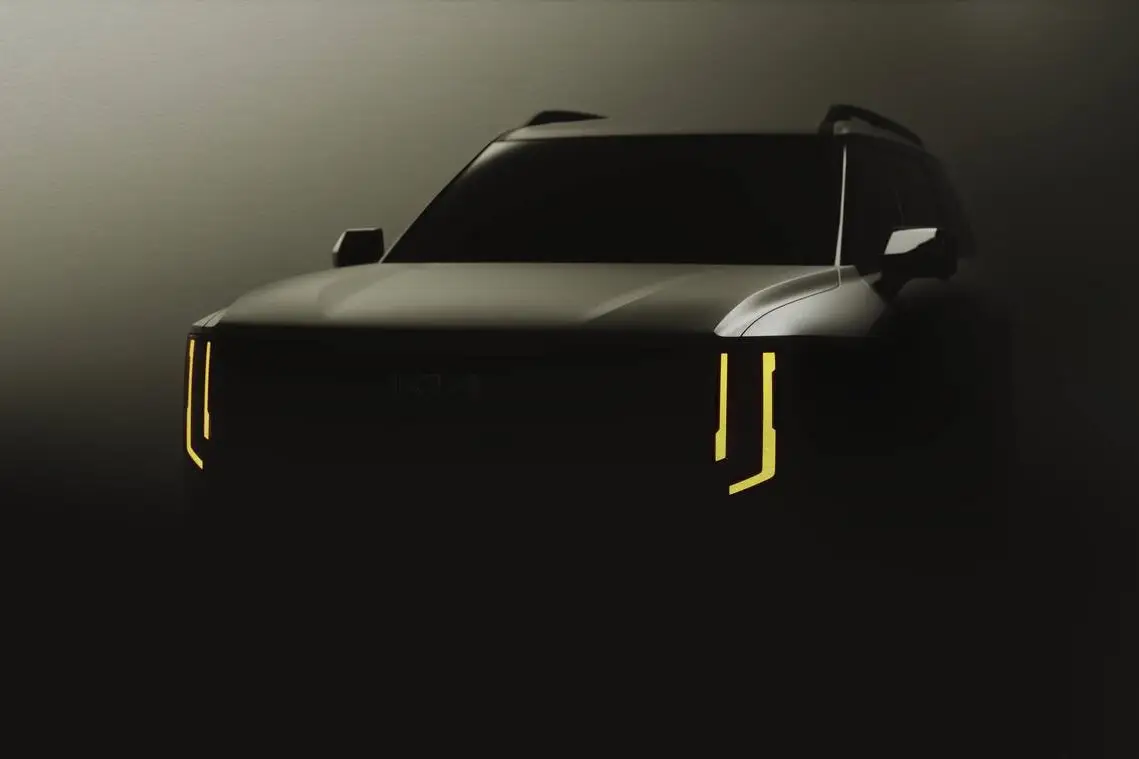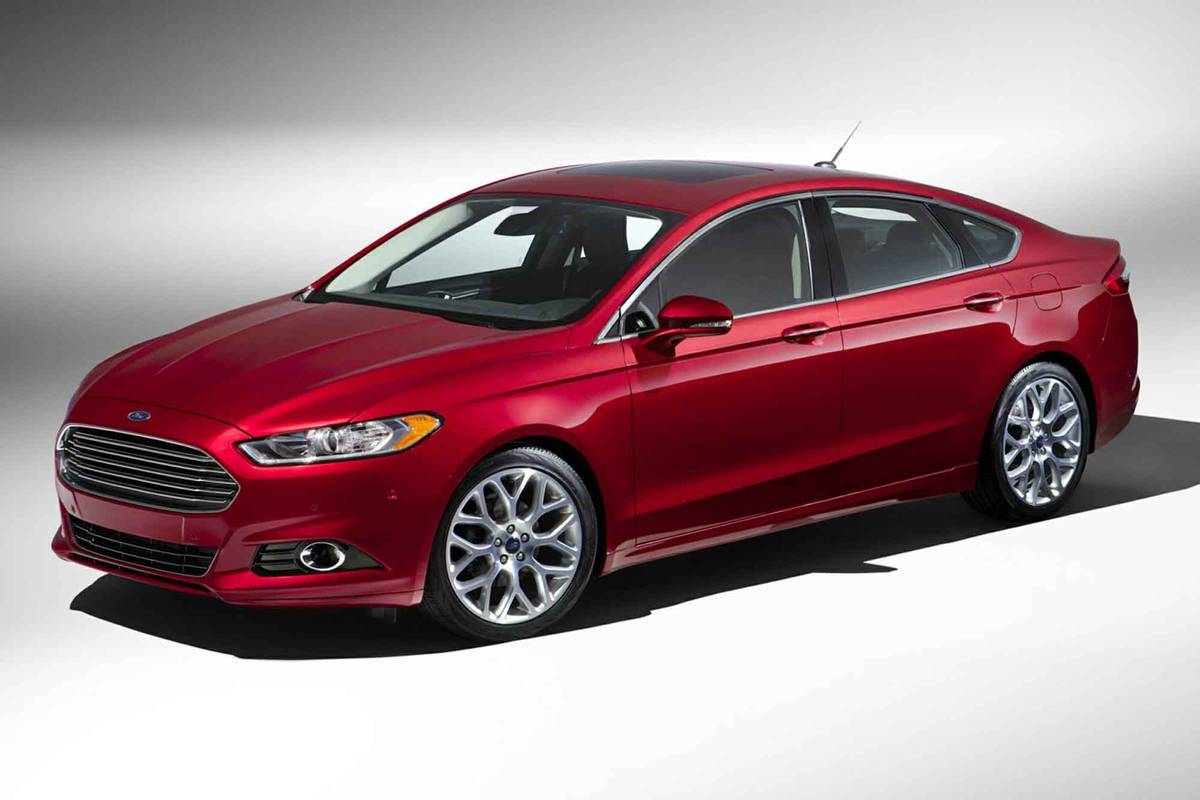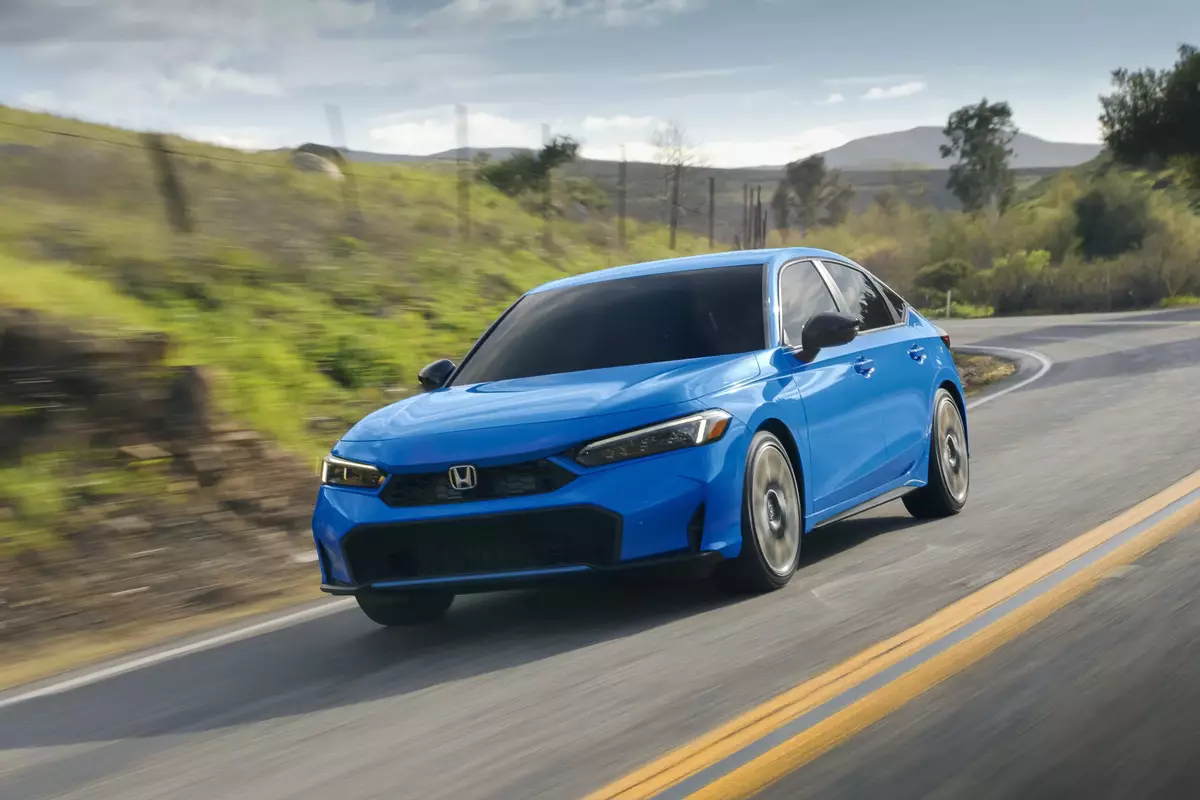The Morning Call and Mcall.com's view
Nissan apparently thought that a good offense was the best defense when it came to introducing some of its 1987-model cars. This Japanese auto manufacturer didn’t wait to see what the competition was doing to next year’s model. Instead it introduced its three top sellers – Sentra, Stanza and Maxima- back in March.
This was an early introduction and only time will tell if the move is goingto pay off for Nissan. In the meantime, though, consumers will be able to buy an ’87 model long before 1986 fades into the sunset.
Of the three new models, this week’s test car, a Stanza sedan, appears to have the broadest market as a family sedan. It is larger than the Sentra and quite a bit less expensive than the Maxima. The test car, an ”E” model (supplied by Rothrock Nissan, 15th Street and Route 22) also happened to be the cheapest model in the Stanza lineup (a base of $9,999), which certainly could appeal to those consumers who have an eye toward saving a dollar.
The front-wheel drive Stanza only was introduced to the Nissan lineup threeyears ago and the ’87 model has already been totally redesigned. Since the previous model was a good seller this should give some idea of just how competitive and serious Nissan is about selling cars. Just to reinforce this point, here’s what C.P. King, senior vice president of sales, Nissan U.S.A., said, ”The market segment where the Stanza competes is the biggest in the industry, and we intend to increase our sales significantly with this new product.”
The Stanza sedan has a wheelbase of 100.4 inches, overall length of 177.8 inches, width of 66.5 inches, height of 54.9 inches and curb weight of 2,770 pounds. This makes it a little more than 4 inches longer and a little roomier than the previous model. It’s rather interesting that Nissan used the larger Maxima ”platform,” and many of the same suspension and chassis components found in the Maxima, on the new Stanza.
The two front seats provide good room for driver and passenger however, theStanza does have a decently sized back seat. Three average sized adults can fit into the seat and, more importantly, have sufficient leg room – even if the front seats are extended fully aft. The trunk will hold about 14 cubic feet of cargo. A convenient feature of the trunk is that it opens directly above the bumper for easier loading and unloading.
The Stanza is one of those anyone-can-drive-it cars. As mentioned, many of the Maxima’s suspension components were used and this certainly helps the handling. Up front, the four-wheel independent suspension features MacPherson struts and ”L-type” transverse links, while the rear has trailing arms, coilsprings and shocks. Although the suspension is not tuned as tightly as that ofthe Maxima, handling is quite good, as is the ride. The rack-and-pinion steering is responsive and maneuvering in traffic and parking is a snap. Thereis some torque steer in the lower gears when accelerating quickly but it is noworse than many other front-wheel drive cars.
The test car had the standard five-speed manual transmission (a four-speed automatic is available as an option). This proved to be an easy to use box with a nice spread of gears: first, 3.286; second, 1.850; third, 1.207; fourth, 0.911, and fifth, 0.795.
Powering the Stanza is a single overhead cam, four-cylinder engine that measures 120 cubic inches, or if you prefer, 2-liter. This engine has been in the Nissan lineup for a number of years – it was even in the old Datsun lineup- and is a well-proven engine. It features fuel-injection and is rated at 97 horsepower at 5,200 rpm and 114 foot-pounds torque at 2,800 rpm.
Performance isn’t bad. Wind up that engine, let out the clutch, and away you go. Somewhat surprisingly, there is quite a bit of wheel spin in first gear. But then, first gear is geared low. A tachometer would have been helpfulin the test car, however, the E model does not come with one. Only the more expensive models have tachometers and this is why they are more expensive.
Fuel mileage was decent for a compact. The test car averaged 21 miles per gallon for city driving and 28 mpg over the highway. On the plus side, the engine’s compression ratio is only 8.5:1 and unleaded regular can be used.
Total price on the test car came to $10,959 – base of $9,999, destination charge of $210 and the car’s only option, a dealer installed air conditioner at $750. Standard equipment included P185/70R14 all-season radials, dual exterior mirrors with remote control, tilt steering column, analog clock, dualtrip odometers (a handy feature), tinted glass, power steering, power brakes, rear window defogger, cloth seats and two-speed wipers with intermittent feature. In all, the level of equipment and interior trim was more than adequate. Keep in mind, the E model is the base Stanza and is not a stripped down car.
If you want to spend more money, Nissan has the dressed-up GXE sedan – a base of $11,299 – or sporty XE 5-door hatchback – base of $10,999.
Latest news



